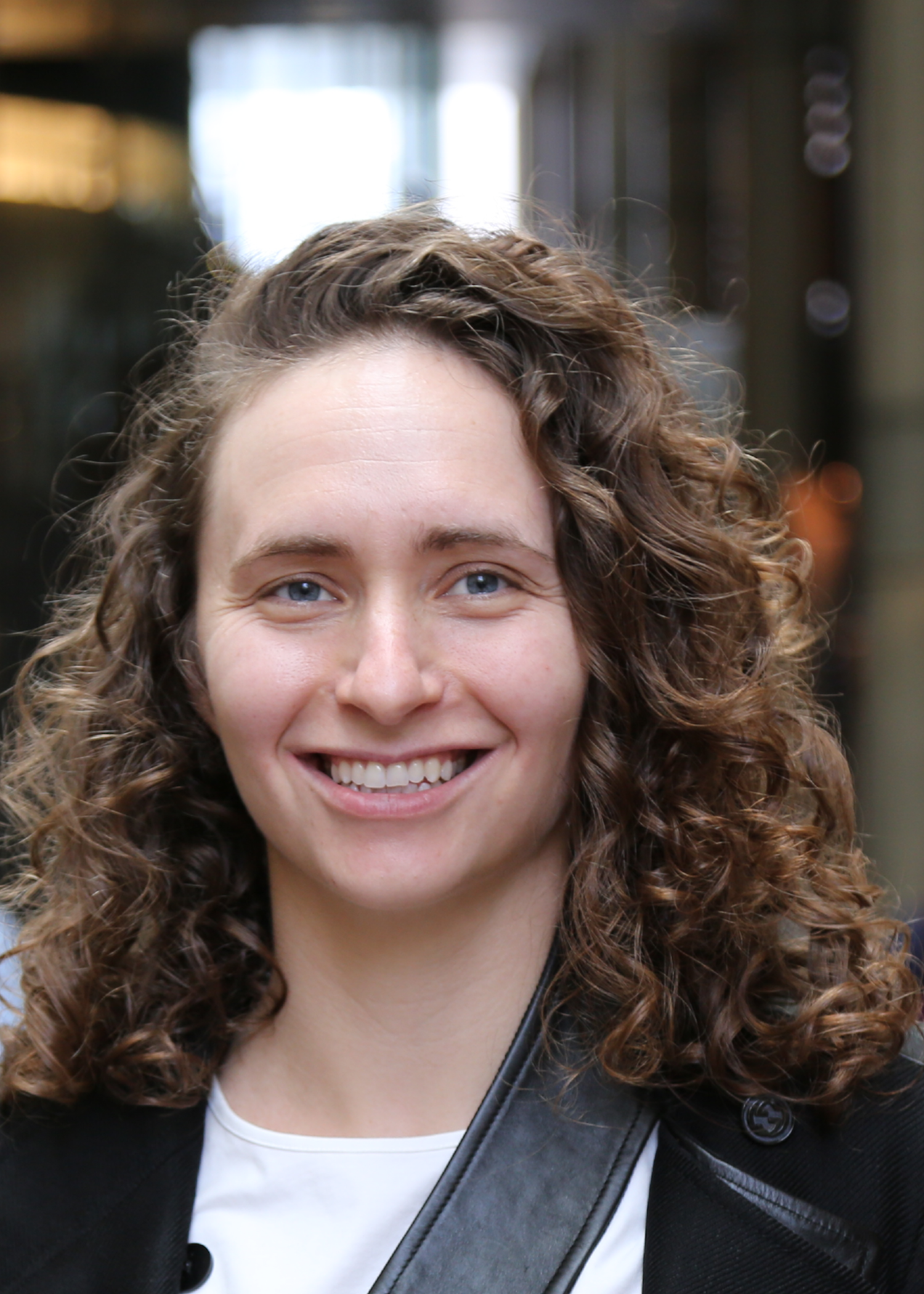Time as a key facet of infrastructure
Professor Saxe investigates the relationship between the infrastructure we build and the society we create to identify opportunities – and pathways – to better align infrastructure provision with sustainability. Sustainable infrastructure creation also reflects the Academy’s strategic goal of using engineering to create a sustainable society. Her research focuses on two main questions: 1) what should we build; and 2) how should we build it? This project focusses on the impact of time in this, collaborating with several UK academics.

Taking time seriously
Despite increasing attention paid to infrastructure planning, the dimension of time is widely overlooked. We cannot wish large projects into existence; it takes years to decades to plan and physically construct large projects. At the same time the construction of new infrastructure is resource and energy intensive and a large driver of climate change. Further, once operating, civil infrastructure is near permanent, making it critical to not build the wrong projects. The time to deliver projects and the time they then last changes what we should build and when.
Pressing time concerns such as climate change and infrastructure deficits mean we need solutions that can effect change fast enough without creating destructive lock in. Making priorities about infrastructure investment is increasingly a focus of politics and government debates. The core aims of this research are to raise the profile of time as a key facet of infrastructure thinking and planning and accelerate identification (and ideally implementation) of fast-enough infrastructure interventions. Understanding the complex temporal challenges of building infrastructure will help to meet society’s social needs while limiting environmental impacts, supporting the Academy’s strategic goals.
Time for a rethink
Shoshanna Saxe is an Associate Professor in the University of Toronto’s Department of Civil and Mineral Engineering, and Canada Research Chair (Tier II) in Sustainable Infrastructure. Her research focuses of what should we build and how should we build it have led her to a realisation that too often infrastructure and built environment are discussed, planned and constructed with no consideration of time. To build a community for work on important infrastructure questions, she became a founding member of the Infrastructure Complexity Network, made up of an international group of academics. She sees the DIA programme as a unique opportunity to further build community and an opportunity for collaboration on the difficult questions of infrastructure.
With her main collaborator, Dr Kirsten MacAskill at the University of Cambridge, she has organised and hosted the Infrastructure and Time Workshop held in Cambridge in October 2022. This brought together about 20 industry leaders to discuss what we can do (and should do) on a 5-to-10-year timescale. A key outcome of the workshop was participants realising that while they had been working on ‘the future’ they had not defined when that future was.
“Finding funding for international collaborations is exceptionally difficult with the main sources of funding limited within national boundaries. The [Distinguished] International Associates programme provides a rare opportunity to spend meaningful amounts of time (for example, longer than a conference) exploring the hard problems of infrastructure with leading UK thinkers.”
The DIA programme directly facilitated this workshop, which allowed Dr Saxe to spend October 2022 in the UK working with collaborators and Jesus College and Cambridge Engineering on time. The DIA funding will also help her to develop this broader network, including Dr Durrant from UCL and Dr Densley Tingley from the University of Sheffield.
A parallel workshop was held with 40 industry leaders in Canada in March 2023. The workshops have developed lists of fast-enough actions and the idea of fast-enough funding seeded with large government infrastructure funders. This project reflects the DIA objectives of advancing the practice of engineering for the common good and focuses on advancing concrete, real-world change on a functional timeline.
Related content
DIA awardees
Distinguished International Associates (DIA) are international engineers working across all sectors. They work at the c…
FAQ
Information and answers to common queries about the Distinguished International Associates (DIA) Programme
